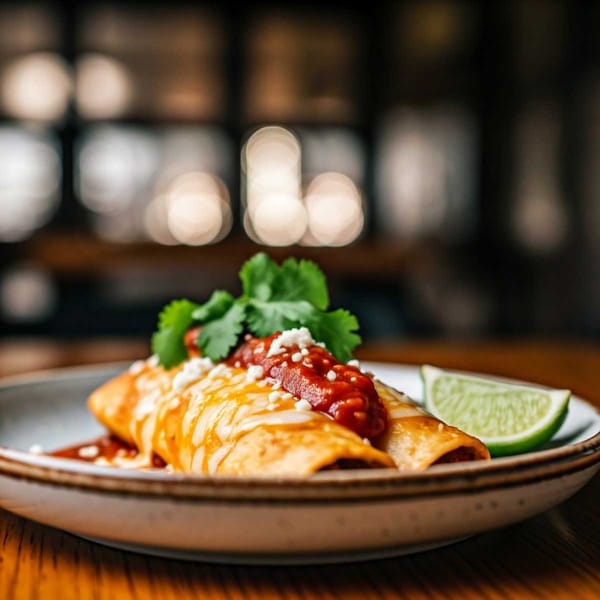More caves with rock paintings found in Yucatan
The two caves found in the forests of Homún show Mayan imprints of hands and a forearm, which had never before been seen in the Yucatan Peninsula.

The two caves found in the forests of Homún show Mayan imprints of hands and a forearm, which had never before been seen in the Yucatan Peninsula.
The director of the Mexican Institute of Ecology, Science and Culture, a civil association dedicated to environmental and cultural research, believes that there are more caves with art to discover. It calls on the inhabitants of the indigenous communities of the Yucatan Peninsula: to respect and report everything they find to the competent authorities to prevent vandals and graffiti artists from damaging the heritage.
"We believe that the face discovered in a cave represents a way of measuring time, although experts from the National Institute of Anthropology and History (INAH) and independent researchers have different hypotheses," the archaeologist and writer told Efe.
The two caves found in the forests of Homún, Yucatán, which are located 100 meters away from each other, show Mayan handprints and a forearm, which had never before been seen in the Yucatan Peninsula. One of the caves has a beautiful cenote and the interesting thing about the ahau's petro-engraving is that it was not made at random, but that it was carved in the contour of the cave taking advantage of the formation of calcite.
The researcher and documentary advisor of National Geographic, Discovery Channel, and the BBC, who last year found another cave with rock paintings that are still under study and analysis, commented that the discoveries, as well as those found in other places such as Kaua and Akil, confirm the high degree of respect and knowledge that the prehispanic Maya had for art. This knowledge is reflected in architecture, mathematics, astrology, astronomy, and the construction of great palaces, such as the Castle of the Adivino in Uxmal, or the archaeological zone of Ek Balam or the Chichén Itzá Castle.
The impressions of hands in the caves of Yucatan call the attention of several experts and there are several hypotheses because it is a complex issue since there are no written sources about its symbolism.
"For our fellow researcher Carlos Evia, the hands in the caves could be the indicator on water control, that is, it could mean that the cenote or somebody of the vital liquid was already occupied."
The position of the INAH researcher, Luis Alberto Martos is: "The hands were possibly shaped in initiation ceremonies during puberty." This hypothesis is based on the fact that when the person stops being a child but is not yet an adult, there is no place in the community where he can be included; that makes it a danger to society and that's why a propitiatory ritual was required.
The rock paintings found in the caves, about 11 meters deep, to which the Grosejan team agreed to rappel, could also reflect rituals for a good hunt, a good harvest of corn or honey, and even to ask for rain.
The rustic image of the forearm greatly surprised the experts. "It is an atypical situation, it is the only one that has been registered in the Peninsula, so we ask ourselves if that expression was made by some Mayan dignitary, priest or leader, who printed his seal or his mark".
"So far, the meaning and beauty of the cave paintings in Yucatan are an enigma that surprise", admits the editorial coordinator of "The Great Book of Yucatan", a documentary work on the history and geography of the state.
These caves, found in the cenotes ring of Yucatan, have a spectacular beauty that the authorities could take advantage of to boost the tourism in the region after its study and investigation and train the same settlers, heirs of the Mayan culture.
The discovery will be the engine for the Grosjean team to continue exploring, learning, and researching in the jungles and underground galleries in the Yucatan Peninsula while trying to raise awareness among the residents about the importance of respecting, caring for, and promoting the heritage they inherited. of the Mayan ancestors.
The director of the Mexican Institute of Ecology, Science and Culture, a civil association dedicated to environmental and cultural research, believes that there are more caves with art to discover. It calls on the inhabitants of the indigenous communities of the Yucatan Peninsula: to respect and report everything they find to the competent authorities to prevent vandals and graffiti artists from damaging the heritage.




